Plastic Gears
As the name suggests, plastic gears are made of plastic instead of metal. These include worm gears, spur gears, helical gears, pinion gears, tooth gears, bevel gears, and planetary gears. The material can be a combination of Nylon (Nylon PA6 or Nylon PA66) and POM (Polyoxymethylene).
An Introduction to Plastic Gear
Gears(Plastic Gears) are the most commonly found transmission components. In a typical gear assembly, one-toothed wheel interlocks with another. Gearboxes are often used to deliver power or change direction.
As the name suggests, plastic gears are made of plastic instead of metal. These include worm gears, spur gears, helical gears, pinion gears, tooth gears, bevel gears, and planetary gears. The material can be a combination of Nylon (Nylon PA6 or Nylon PA66) and POM (Polyoxymethylene).
Advantages of Plastic Gear:
- They can quickly come in various shapes.
- Plastic gears are relatively cheap.
- They produce lower noise compared to metal gears.
- They are resistant to wear and tear as they have a low friction coefficient.
- Lightweight
- Resistant to corrosion
- Self-lubricated
These gears are used extensively in various power transmission and motion control systems. Though we have listed just five types of plastic gears, we also offer customized gears per the client’s specifications.
1. Plastic Spur Gear
- Module: M0.1 – M2.0
- Material: Polyacetal (POM) / Nylon (Flexible)
- Bore: O1.40mm/ O1.90mm/ O2.05mm/ O2.40mm/ O2.55mm / O2.90mm/ O3.05mm (Flexible)
- Outer Diameter: O2.0mm – O100.0mm (Flexible)
- Face Width (L): 2.0mm – 10.0mm (Flexible)
2. Plastic Helical Gear
- Module: M0.1 – M2.0
- Material: Polyacetal (POM) / Nylon
- Bore: Ø1.40mm/ Ø1.90mm/ Ø2.05mm/ Ø2.40mm/ Ø2.55mm / Ø2.90mm/ Ø3.05mm
- Outer Diameter: Ø10.0mm – Ø50.0mm (Flexible)
- Face Width (L): 2.0mm – 10.0mm (Flexible)
3. Plastic Worm Gears
- Module: M0.2 – M2.0
- Material: Polyacetal (POM) / Nylon
- Bore: Ø1.40mm/ Ø1.90mm
- Outer Diameter: Ø4.0mm/ Ø5.0mm/ Ø6.0mm (Flexible)
- Length: 6.0mm/ 8.5mm/ 10.0mm (Flexible)
4. Plastic Pinion Gear
- Module: M0.1 – M2.0
- Material: Polyacetal (POM) / Nylon
- Bore: Ø1.40mm/ Ø1.90mm/ Ø2.05mm/ Ø2.40mm/ Ø2.55mm / Ø2.90mm/ Ø3.05mm
- Outer Diameter: Ø2.0mm – Ø50.0mm (Flexible)
- Face Width (L): 2.0mm – 10.0mm (Flexible)
5. Plastic Bevel Gear
- Type: Bevel Plastic Gear
- Module: M0.1 – M2.0
- Material: Polyacetal (POM) / Nylon
- Bore: Ø1.40mm/ Ø1.90mm/ Ø2.05mm/ Ø2.40mm/ Ø2.55mm / Ø2.90mm/
- Outer Diameter: Ø3.0mm – Ø100.0mm (Flexible)
- Face Width (L): 4.0mm – 20.0mm (Flexible)
Tips in using the plastic gear
Most plastic gears in use nowadays are made from either Duracon with milky white color (polyacetal resin) or MC nylon with blue color (polyamide resin).
The Duracon may be cheaper, but it is recommended that you decide between these materials after considering the strength and water absorption rate.
Attentions to using the plastic gear
Generally, no lubricant is necessary for the plastic gear. Because no oil bath or grease filling is needed, it can be used in a clean environment. Though it is possible to operate under relatively high temperatures, you may avoid it considering the allowable temperature of the bearing.
Recommended usage location of the plastic gear
Although the plastic gear has to wear resistance and silence on the rotation, its strength is less than the steel gear. Thus it is suitable for the drive system of office automation equipment, the loader of electric goods, and toys.
Plastic gear materials
The materials used for producing plastic gears are typically one of two types.
One type of engineering plastic is called POM. It is also known by the tradename Duracon or its generic name, acetal copolymer. The other is MC nylon. It’s a polyamide resin and is called nylon six as well.
The common characteristics of both materials are lighter than metals and resistant to corrosion from salt. They are softer than metals, thus effective for noise reduction with a high vibration absorptance. Because both are smooth materials, they don’t typically require lubrication with grease or oil.
When comparing a POM gear and MC nylon gear, the biggest difference one may point out is the difference in the forming method. POM is made by pouring melted resin into a metal mold while applying pressure, called injection molding. Due to its high formability, the gear shape can be obtained by simply having a mold in the gear shape. On the other hand, MC nylon gears are generated by cutting. Like casting metal gears, melted resin is poured into a mold without applying pressure to create a rough shape such as a cylinder, pillar, or disk, and then the gear teeth are formed by cutting.
With those differences, POM is suitable for producing small gears in larger quantities, and MC nylon is ideal for creating giant gears or small lot gears.
Another big difference between POM and MC nylon can be found in absorbency. MC nylon absorbs water ten times more than POM, though it depends on the environment. Absorbing water lowers dimensional accuracy and consequently produces noise or lowers the transmission efficiency of torque. Additionally, a deterioration of resin occurs due to hydrolysis. Therefore POM is more suitable as a material for gears that will be used in high humidity or where water touches.
Furthermore, there’s a difference in mechanical properties as well. MC nylon is better in mechanical properties because of its tensile strength and bending strength. For instance, the bending strength of MC nylon is 1.2 times stronger than POM. MC nylon is more suitable when a large force is applied as a plastic gear.
One should choose a suitable material after considering the number of gears needed, the force on the equipment, and the surrounding environment, such as humidity and chemicals.
Lubrication of plastic gears
Plastic gears are often made from nylon resin or POM.
These materials are smooth and have high slid ability, and in many cases, they don’t require lubrication with oil, unlike metal gears. However, plastic is softer compared to metal and has a characteristic that it is prone to incurring damage on the tooth surface due to friction; hence, consideration should be given to the use of lubrication depending on the kind of plastic to use, force on the gear, and several rotations. When doing so, one must pay attention to the deterioration of plastic with oil. Because plastic has a characteristic of deteriorating with oil, lubricants used for metal gears cannot be used.
The molecular structures of oil and plastic are relatively similar, and both have a long stretched design like a chain. The molecules of fat are easy to get into those of plastic. Matters with a similar molecular structure are easy to mix, and mixing means the molecules of one point get in between the molecules of the other case. This phenomenon is called swelling. The long chain of plastic molecules undergoes hydrolysis by taking in water from the air and coming apart. The wonder of the plastic molecules coming apart like so is called deterioration.
For plastic to swell from oil, it is generally said that constant stress must be applied to plastic. When pressure is applied to plastic, molecules are deformed slightly, and oil molecules get into those spaces. However, because gears are the component to transmit power, pressure is applied to plastic gears. Thus, plastic gears are in an environment where deterioration from oil is likely to happen. Then how should the lubrication of plastic gears be done?
As for the oil used to lubricate plastic gears, generally, one without polarity is used. Contradiction means having different properties in a molecule, and a typical substance is a surfactant, which is in washing materials. Since one is the hydrophilic group in these molecules and the other is a lipophilic group, the other tends to get in between the plastic molecules.
As for the oil that is hard to deteriorate plastic and does not have polarity, there are synthetic hydrocarbon oils. Grease mixed with an expanding agent and addition agent is used to make the synthetic hydrocarbon oil a base and give the proper characteristics for the viscosity and temperature.
Injection molding of plastic gears
Forming method of gear is the most significant difference between plastic gears and metal gears.
Milling machines or hob machines are mainly used for metal gears to cut gears out of disk-like (or cylindrical) metal. In contrast, most plastic gears are molded into gear shapes early in the process. Why is there such a difference between them?
Thermoplastic resin, another name for plastic, means the resin which can change form by heating. One reason is the molding method of plastic parts. Plastic parts are made by pouring heated, and melted resin into metal dies while applying pressure. This method is called “injection molding.”
Metal can also be melted and poured (or cast) into dies. However, the melting point of metals is much higher than plastic and essentially contracts as it cools down. Therefore, it is tough to manufacture parts of high dimension accuracy, such as tooth flanks of gears. A rimmed disk is first molded, then cut, and shaved to form a gear in the general casting method.
In contrast, plastic’s cure shrinkage is more minor than metal and has high dimension accuracy when injection molding. In addition, plastic also has high fluidity and can be poured into fine shape dies. Therefore, you can make the gears of the condition the same as the gear-shaped die.
However, plastic shrinks a little as being cured, though not to the extent of metal, and securing high dimension accuracy is difficult when making giant gears. In such cases, plastic gears may be lightly shaved after injection molding to shape the tooth flank, depending on the size and material of the gears. You have to be careful when cutting and grinding plastic, as its property doesn’t suit such works.
Although it costs to make dies, injection molding is suitable for mass production of small gears because you can use the gears almost straight from the dice.

Packing Shipping Delivery
  |
 |
|
 |
 |
|
How to choose power transmissions parts and industrial products which meet our requirement
| Chains | Sprockets | Pulleys | Timing belt Pulley | V-belt Pulley |
| Sheaves | Coupings | Bush &Hub | Gear& Rack | V-Belt |
| Locking Assembly | Pulley | Gearbox | Reducer | Shaft Collar |
| Rod End Bearing | Clevis | PTO | Chain Guide | Belt Guide |
| Rubber Buffer | Chain Tensioner | PTO Drive Shafts | Universal Joints | Roller Chains |
| Conveyor Chains | V-Belts | Worm Gearbox | Helical Gear | Worm |
| Agricultural Chain | CNC Proces Parts | Casting | Stamping | |
| Powder Metallurgy | CNC Proces Parts | Casting | Stamping |
What Products Do you sell ?
We are a group of factories, give customer one stop solution of power transmission and industrial products. We are in the position to supply wide range of products, including chains, sprockets, v-belt and v-belt pulleys, timing belt and timing belt pulleys, gears, speed reducers, motors, racks, couplings, and many other parts, like locking assembly, taper bushing, Chain guide, shaft collar, torque limiter, cam clutch, universal joint, motor base and motor slide, rod end, clevis, rubber mount, etc. We make special parts according to drawings and/or samples.
How to choose a gearbox which meets our requirement?
You can refer to our catalogue to choose the gearbox or we can help to choose when you provide
the technical information of required output torque, output speed and motor parameter etc.
What information shall we give before placing a purchase order?
a) Type of the gearbox, ratio, input and output type, input flange, mounting position, and motor informationetc.
b) Housing color.
c) Purchase quantity.
d) Other special requirements.
What industries are your gearboxes being used?
Our gearboxes are widely used in the areas of textile, food processing, beverage, chemical industry,
escalator,automatic storage equipment, metallurgy, tabacco, environmental protection, logistics and etc.
What is the producing process?
Production process including raw material cutting, machine processing, grinding, accessories cleaning, assemble, cleaning, stoving, oil coating, cover pressing, testing, package.
How to control the products quality?
Combining advanced equipment and strict management, we provide high standard and quality bearings for our customers all over the world.
What is the transportation?
-If small quantity , we Suggest to send by express, such as DHL,UPS, TNT FEDEX. If large amount, by air or sea shipping.
Can we design packaging?
-Yes. Default is regular packing, and we can make customer's own packing.
Can you provide OEM service?
-Yes, we work on OEM orders. Which means size, quantity, design, packing solution, etc will depend on your requests; and your logo will be customized on our products.
Can you give me discount on Power Transmissions Parts and Industrial parts?
-Yes, of course. Pls. send me your Email, you'll get more
Q: Are You a trading company or a manufacturer?
A: We Are the factory and have our Own trading company
Q: How Can I get an offer?
A: please send US quotation information: drawings, materials, weight, quantity and requirements, we can accept PDF, ISGS, DWG, STEP file format. If you don't have the drawings, please send us the samples, we can also quote you according to your samples.
Q: What is your minimum order size?
A: it is usually 100 pieces, but a low quantity is acceptable under some special circumstances.
Q: Do you provide samples? Is it free or extra?
A: Yes, we can provide samples free of charge, but we don't pay the freight.
Q: What is the lead time for mass production?
A: honestly, it depends on the number of orders. Normally, if you don't need the tools, deposit them after 30 days or so.
Q: What if the parts don't Work?
A: we can guarantee the quality, but if it happens, please contact us immediately, take some photos, we will check the problem and solve it as soon as possible.
Q: What are your terms of payment?
A: payment is less than US $1000,100% in advance. Payment: $1000,50% wire transfer in advance, balance before shipment,Other Terms of payment are negotiable

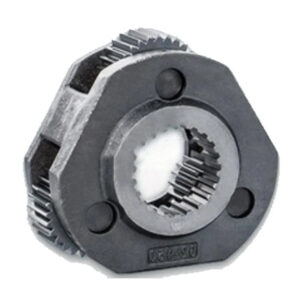
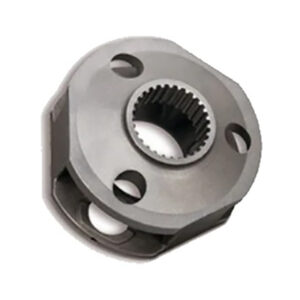
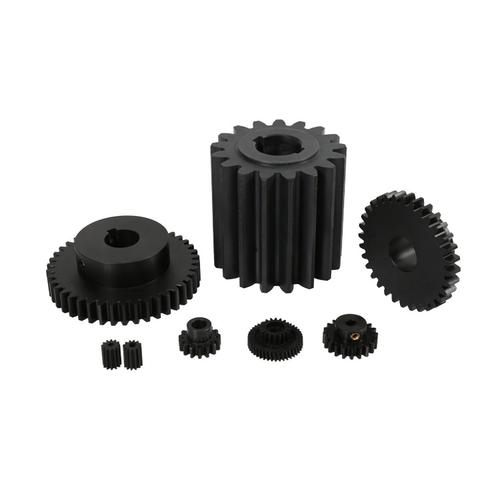
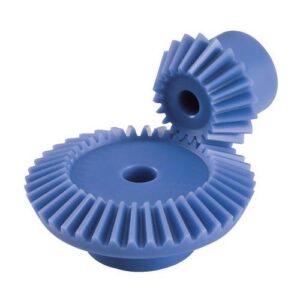
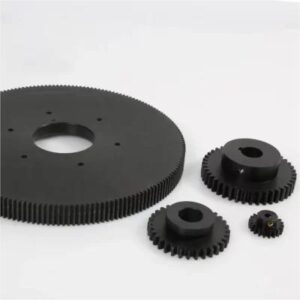
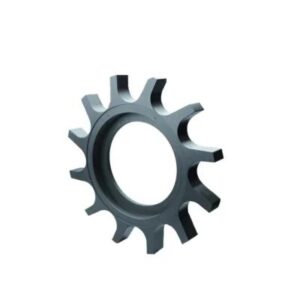
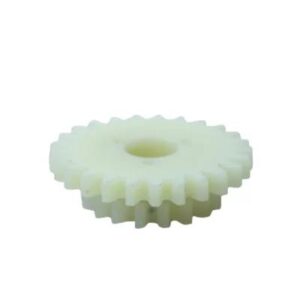
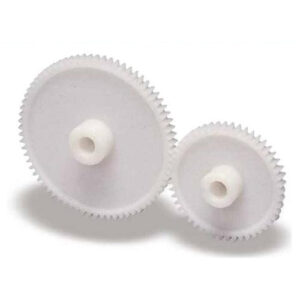
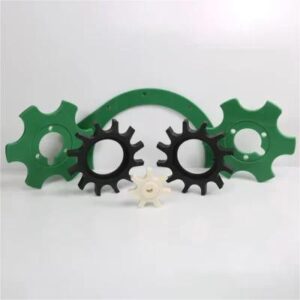
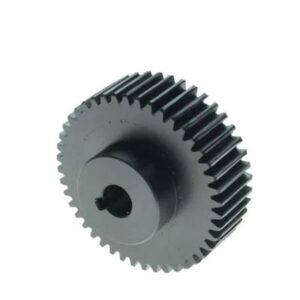
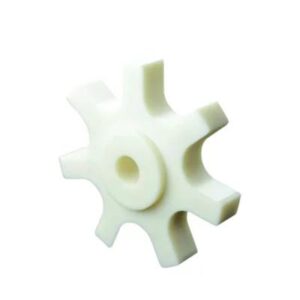
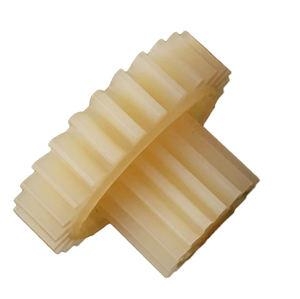
Reviews
There are no reviews yet.